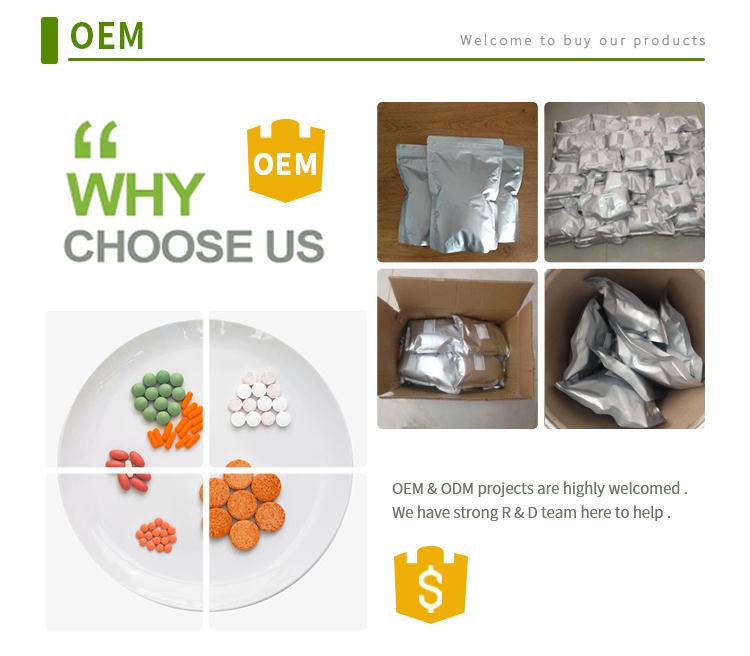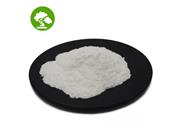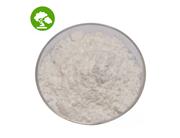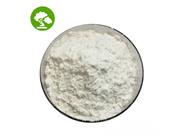Clinically, metformin hydrochloride is mainly used for the treatment of type II diabetes patients who are not satisfied with simple diet control, especially obesity and hyperinsulinemia. The use of metformin hydrochloride not only has the effect of lowering blood sugar, but also may reduce weight and hyperinsulinemia. For some patients with poor therapeutic effect of sulfonylureas, such as combined with sulfonylureas, small intestinal glycosidase inhibitors or thiazolidinediones hypoglycemic drugs, the effect is better than that of single use. It can also be used in patients on insulin therapy to reduce insulin dosage.
Oral hypoglycemic agents
Metformin hydrochloride is A biguanide oral hypoglycemic drug, also known as metformin hydrochloride, Gewati and Metdican. Its hypoglycemic effect is weaker than that of phenformin. Its main function is to reduce the secretion of glucagon in A cells, promote the conversion of glucose into glycogen, and has the characteristic of not stimulating the secretion of insulin by pancreatic β-cells.
Adverse reaction
The incidence of adverse reactions of metformin hydrochloride is higher than that of mebutamide. Common gastrointestinal reactions include anorexia, nausea, vomiting, abdominal pain and diarrhea, and occasionally gastrointestinal reactions such as metallic taste in the mouth, halitosis, nausea, loss of appetite and diarrhea. Sometimes hypoglycemia symptoms can be seen.
Matters needing attention
Guanidine oral hypoglycemic drugs can increase the utilization of glucose in the surrounding tissues, inhibit the absorption of glucose in the intestine, inhibit liver gluconeogenesis and liver sugar output, and are mainly suitable for obese and dyslipidemia type 2 diabetes patients. It has little effect on lowering blood sugar in normal people, but the blood sugar in diabetic patients decreases significantly after 2 to 3 hours of taking the medicine. Commonly used oral guanidine hypoglycemic agents are phenformin and metformin hydrochloride. Because biguanides enhance the anaerobic glycolysis of sugar and inhibit liver glycogen production, a small number of patients may develop ketosis or lactic acidemia, which should be especially vigilant. However, metformin has a weak effect, the adverse reactions are only 1/50 of other biguanides, and the adverse reactions are quickly eliminated without accumulation in the liver, so it rarely induces lactic acidosis, and sometimes the blood lactic acid increases slightly. Patients with heart, liver and kidney disease are easy to occur, so diabetic patients with such complications are condoned. This product can reduce the absorption of vitamin B12, but rarely causes anemia. The following conditions are contraindicated: (1) pregnant and lactating women, children under 10 years old, and elderly people over 80 years old. (2) Diabetic ketoacidosis, diabetic hyperglycemia hyperosmolar syndrome, diabetic lactic acidosis. (3) Severe liver and renal insufficiency, higher than normal blood urea nitrogen and creatinine, hypovolemic shock, heart failure, AMI, hypoxia in the body such as heart failure, pulmonary insufficiency or any condition with systemic hypoxia and other serious heart and lung diseases. (4) Serious infection or trauma, major surgery, clinical hypotension and hypoxia. (5) Complicated with severe diabetic nephropathy and fundus lesions. Discontinue the drug immediately when symptoms appear; Cimetidine can reduce the renal excretion of metformin hydrochloride, AGAR can reduce the absorption of metformin, liver, kidney and heart function and ketone body must be checked regularly. (6) Alcoholics, uncorrected vitamin B12 and folate deficiencies.
Application:
This product is a hypoglycemic drug. This product can reduce fasting and postprandial hyperglycemia in patients with type 2 diabetes mellitus, and HbAlc can decrease by 1%-2%. The mechanism of this product can be as follows:
① Increase the sensitivity of surrounding tissues to insulin and increase insulin mediated glucose utilization.
② Increase the utilization of glucose by non-insulin-dependent tissues, such as brain, blood cells, kidney medulla, intestine, skin, etc.
③ Inhibit liver glycoconeogenesis and reduce liver sugar output.
④ Inhibit the uptake of glucose by intestinal wall cells.
Storage Condition | Keep in a cool and dry place |
Transportation | By Sea or by Air(DHL/UPS/TNT/FEDEX/EMS) |
Delivery Time | 7-28 days |
Payment | T/T, Western Union or Bitcoin |

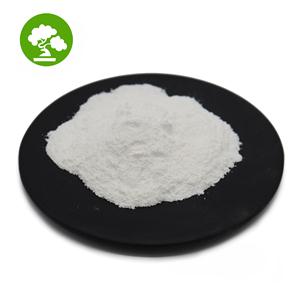





 China
China





